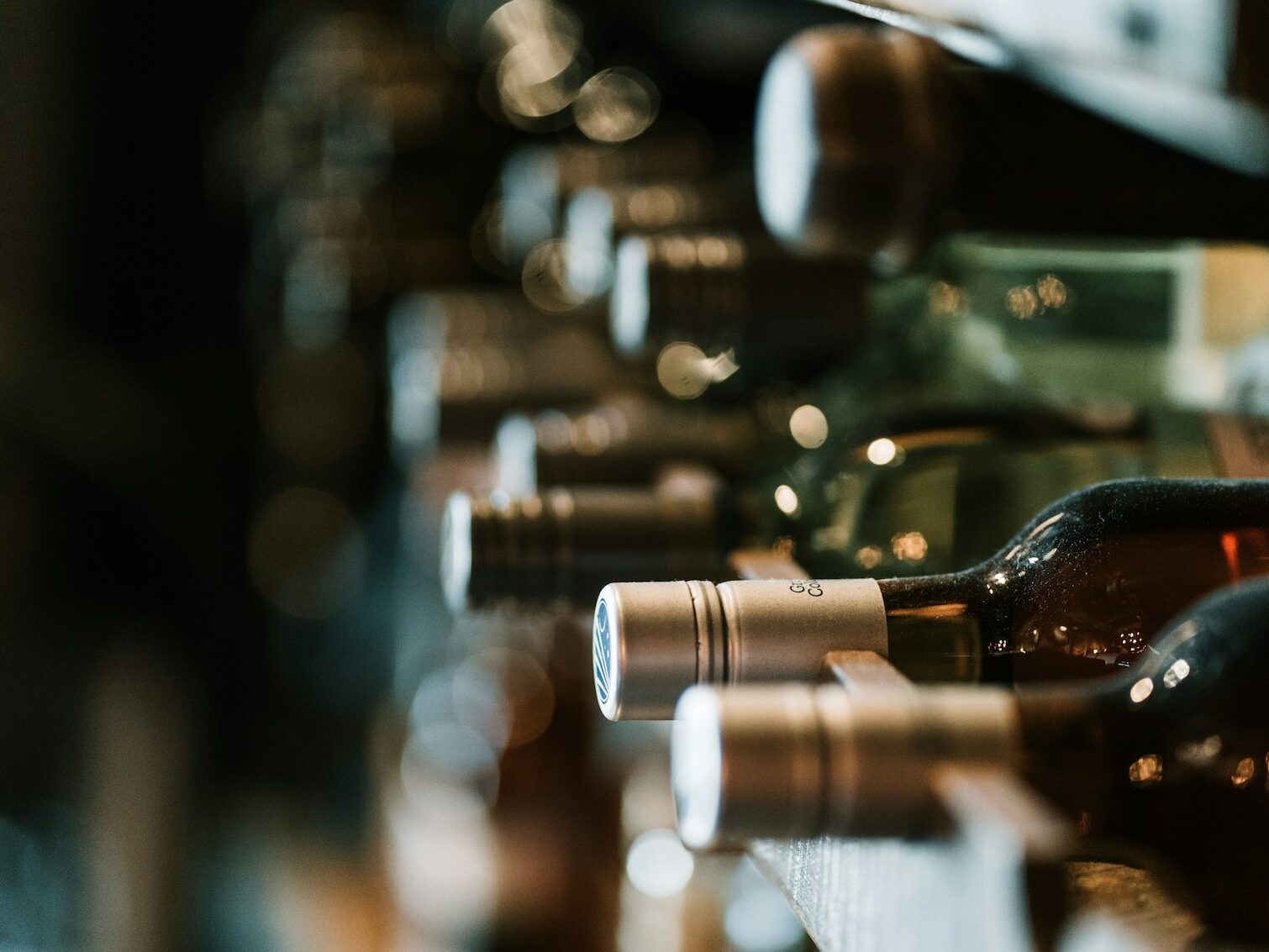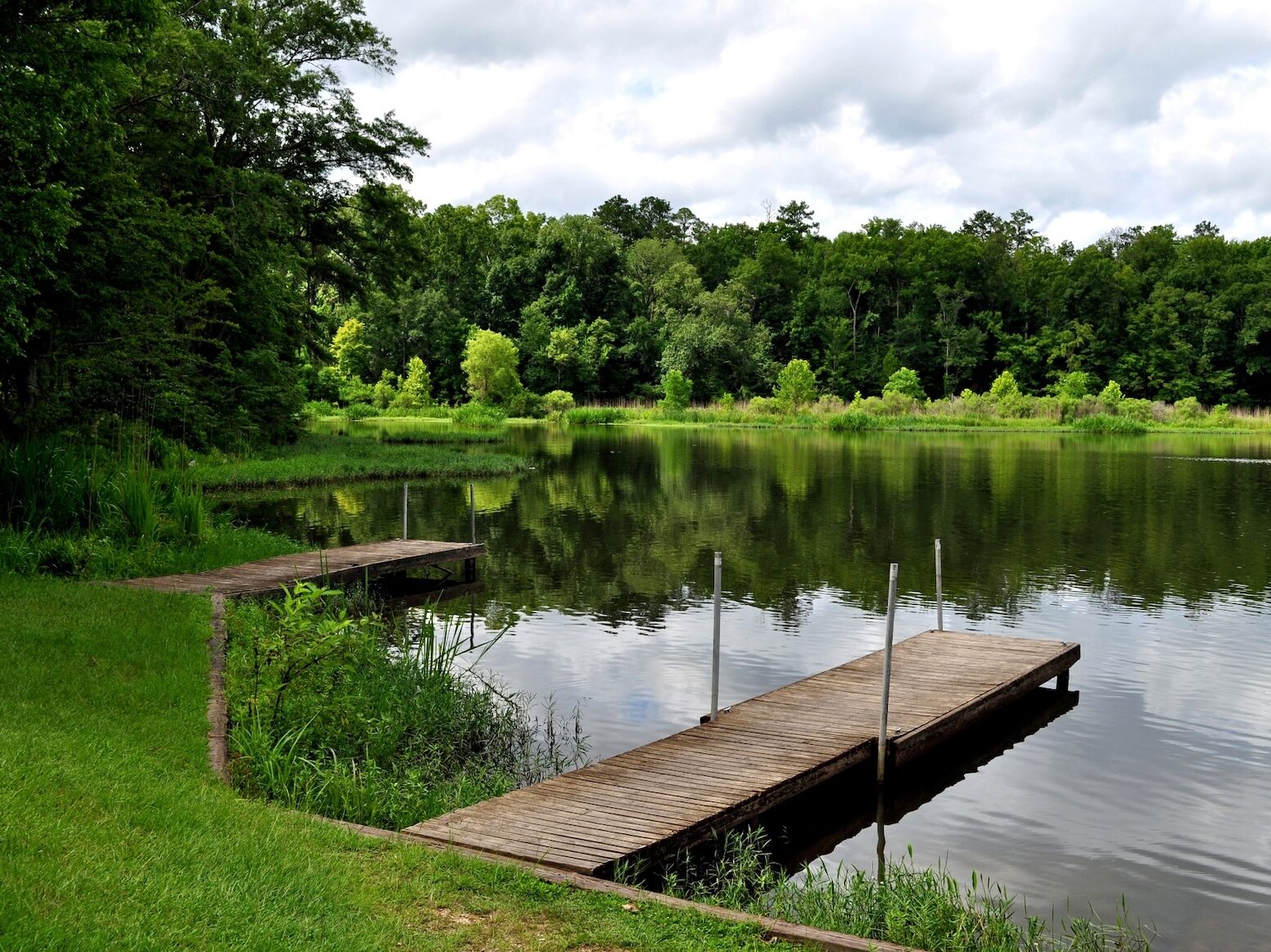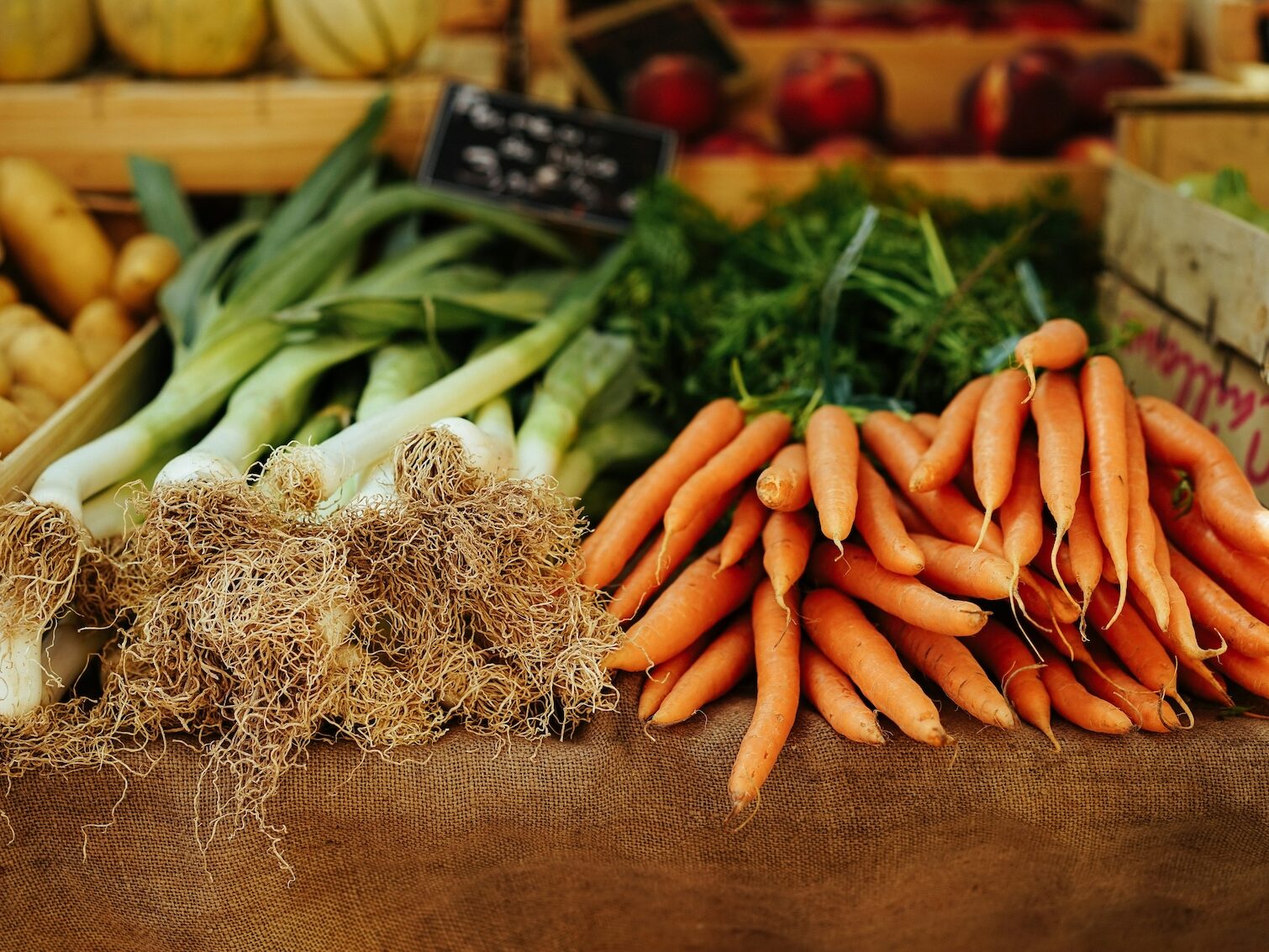Every bite from the multi-course meal at the 1856 restaurant delivers not only a gourmet pleasure for diners but also educational lessons for the Auburn University students who prepare and serve the food.
The flagship at the Tony and Libba Rane Culinary Science Center at the university, 1856 – Culinary Residence, provides a unique dining experience for locals and visitors.

(1856 – Culinary Residence/Contributed)
Students in the culinary and hospitality program get hands-on experience, learning the myriad details of running a restaurant. A chef in residence, who changes annually, oversees how fine dining and the classroom intersect at the restaurant.
A grouper dish currently on a seven-course tasting menu – devised under this year’s resident chef, Ford Fry – epitomizes this dual role.
Pan-roasted grouper is served with oven-roasted end-of-season Alabama heirloom tomatoes. Juices from the roasted tomato create the sauce. The dish is boosted with fresh-cut herbs grown by horticulture students on the center’s rooftop garden and finished with a squeeze of lemon and top-quality extra-virgin olive oil.
Meanwhile, the students are learning how perfectly cook the fish, and to replicate that task each time. The tasting menu concept allows the students to concentrate on a single course and hone that skill, rather than juggling a half-dozen options.
“They’re doing a repetitive motion all night, which is great for the student,” Fry says. “Do it over and over and over all night, you get it down.”
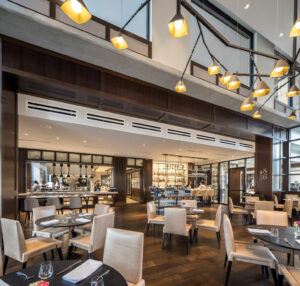
(1856 – Culinary Residence/Contributed)
The Rane Center, which opened in 2022, integrates classrooms and laboratories with a restaurant, a coffee roaster and café, a boutique hotel, bars, the rooftop garden, and other real-world hospitality services.
The 1856 restaurant operates a la carte at lunch and a seven-course tasting menu at dinner.
Fry is the second chef-in-residence at the 1856, named for the year Auburn University was founded. An Atlanta-based chef and restauranteur, his portfolio includes nearly two-dozen mostly distinct establishments in four states.
Resident chefs at the Rane Center are selected for their different approaches, skillsets, and philosophies. Fry, whose tenure began in early August, wants to stress simplicity and seasonality in the restaurant and educational programs.
“Focus on three ingredients and do them perfectly versus having 15 ingredients and not doing them very well because you have too many to focus on,” Fry explains. “All too often when you’re adding 15 different ingredients to the plate, the food goes out cold.”
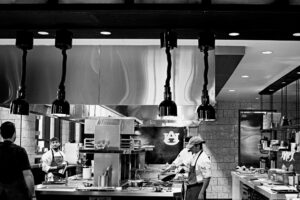
(1856 – Culinary Residence/Contributed)
In addition to taking full advantage of herbs and vegetables from the rooftop garden, Fry wants to expand relationships between the restaurant and both local small farmers and Gulf Coast seafood farmers and fishers.
Prime ingredients produce prime plates, he says. In a world dominated by social media posts, he wants the culinary students to appreciate that flavor is paramount.
“Young cooks will miss that boat and use ingredients that are out of season or don’t taste like anything,” Fry says. “They want to make the plate look pretty, which is good. But what they’re skipping is the foundation, the cooking.”
The multi-state restaurateur says the Rane Center, the eatery and other facilities serving the public, and the school’s culinary and hospitality programs are a boon for restaurants and hotels across Alabama and nearby states. But while the hospitality side is established, the culinary side is still growing.
“To have this program is huge,” Fry says. “Auburn has an amazing facility. So, my thought is if we set the tone and keep the ball rolling, we will encourage more students to pursue the culinary path.”
Dining and learning at 1856 – Culinary Residence
We asked Chef-in-Residence Ford Fry to break down his initial tasting menu at the student-operated 1856 fine-dining restaurant on the campus of Auburn University. He describes, course by course, what the diners experience and the students learn.
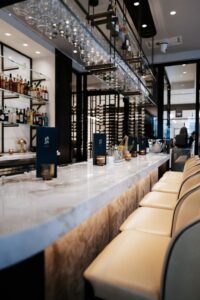
(1856 – Culinary Residence/Contributed)
Course 1: Pan frite
Diners experience: Rounds of house-made dough are pan-fried. The bread puffs up, leaving the outside crisp and the inside airy and soft. Flakes of Maldon sea salt and butter from grass-fed cows set up the final touch: a spoonful of caviar. “It’s one of those luxury moments,” Fry says.
Students learn: The intricacies of working with yeast-risen dough. A test batch didn’t work because the yeast was old, so the kitchen had to scramble to find a fresh replacement. “In that situation, they learn what could go wrong,” Fry says. “That’s a great learning experience. They won’t mess that up again.”
Course 2: Crudo
Diners experience: Fresh fish from the Gulf of Mexico is sliced thin, and dressed with extra-virgin olive oil, fruit, shallots, lemon, fennel, and fresh herb.
Students learn: Crudo is an exercise in detail and balance. The fish must be freshly out of the water and kept cold. To ensure it doesn’t reach room temperature, plates should be frozen and perhaps placed on ice. “It’s about teaching the philosophy of all the different aspects of plating a crudo,” Fry says. “Those little but important details.”
Course 3: Snowy grouper with roasted heirloom tomatoes
Both fish and locally-grown herbs and vegetables have limited seasons, so the components of the fish course change regularly. The kitchen and rooftop garden team coordinate planting and harvest schedules to ensure produce in peak condition. “Our focus starts with the ingredients,” says Fry, “the best ingredients available at that moment.”
Course 4: Gnudi
Diners experience: Fry calls it “a big umami flavor bomb.” House-made ricotta cheese is seasoned and rolled into balls that are dipped in egg and buried in flour. That forms a shell when the gnudi is boiled. The cheese oozes out when the orbs are sliced. The sauce – sometimes brown butter, and other times a vinaigrette – features truffles.
Students learn: Show of hands in the audience for anyone who already knows about gnudi.
Course 5: L’Entrecote
Diners experience: This is for the beef-and-potato fans, says Fry, a Texas native. Beef cut from the cap of a ribeye is cooked over wood and charcoal on a yakitori grill. After resting briefly, the meat is dunked in nutty, rich brown butter. Fire-roasted bone marrow is blended with jus for the sauce. An accompanying puree is half potato and half butter.
Students learn: “One element I thought the kitchen was missing was live-fire cooking,” Fry says. It’s a specialized cooking skill from barbecue pits to fine dining. “A lot of times I’ll do menus where I don’t write that course down, just say ‘we’ve got a surprise course for you.’ It’s always a crowd-pleaser.”
Course 6: Cheese
“You don’t see too many palate cleansers before the dessert,” Fry says. “So, we threw one in there.” When designing a tasting menu, there is a fine line between just enough and too much. “It’s always about how are they going to feel when they leave the dining room,” he says. “You don’t want them to be hungry. But you don’t want them feeling stuffed either.”
Course 7: Chocolate Cremeaux and petit fours
A sweet ending.
[/fusion_text][/fusion_builder_column][/fusion_builder_row][/fusion_builder_container]

